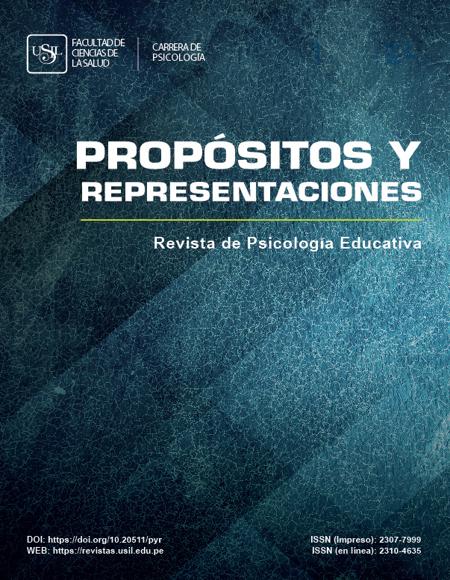Examining the desired gender equality¸ the fifth goal of the UNESCO 2030 document¸ from the perspective of jurisprudence and law with emphasis on the age of marriage and the right to divorce
Examining the desired gender equality¸ the fifth goal of the UNESCO 2030 document¸ from the perspective of jurisprudence and law with emphasis on the age of marriage and the right to divorce
##plugins.themes.bootstrap3.article.main##
The purpose of this article is to examine the equality of women in the fifth goal of the 2030 document from a jurisprudential and legal perspective. The 2030 document is an international document that in recent years has raised important issues regarding its acceptance and non-acceptance. However, no independent and comprehensive research has been conducted on the implementation and comparison of this document with Islamic and legal standards. The present article is a descriptive-analytical and examines the question using the library method. The UNESCO 2030 document has several objectives, the fifth of which is dedicated to women. This goal has 9 goals that can be explained in two basic pillars and axes; 1- Gender equality and 2- Empowering all women and girls. The results of the article indicate that the 2030 document on the equality of women in many cases is in conflict with religious teachings and legal provisions regarding women in Iran. The first conflict goes back to the concept of equality. Equality in jurisprudence and law refers to the natural differences in the creation of men and women, but the 2030 document emphasizes the equality of men and women. The themes and criteria related to the age of marriage for women and the hijab for women in the 2030 document are in conflict with the jurisprudential and legal standards in Iran.














